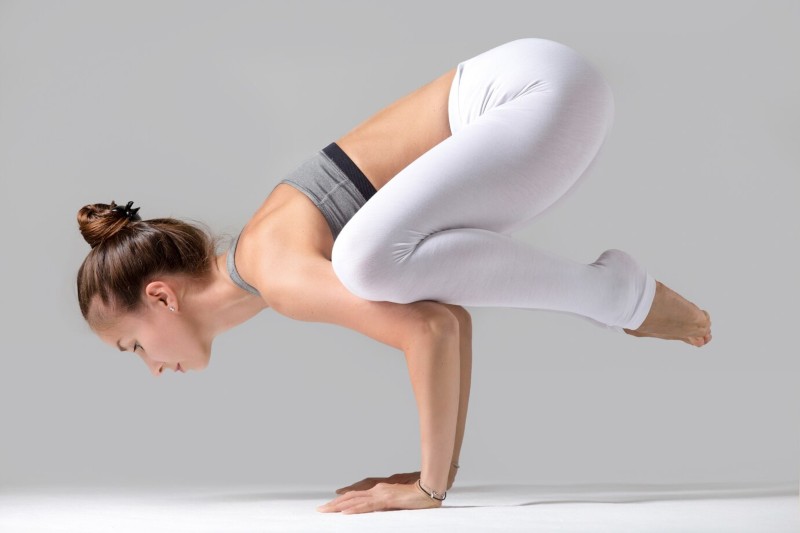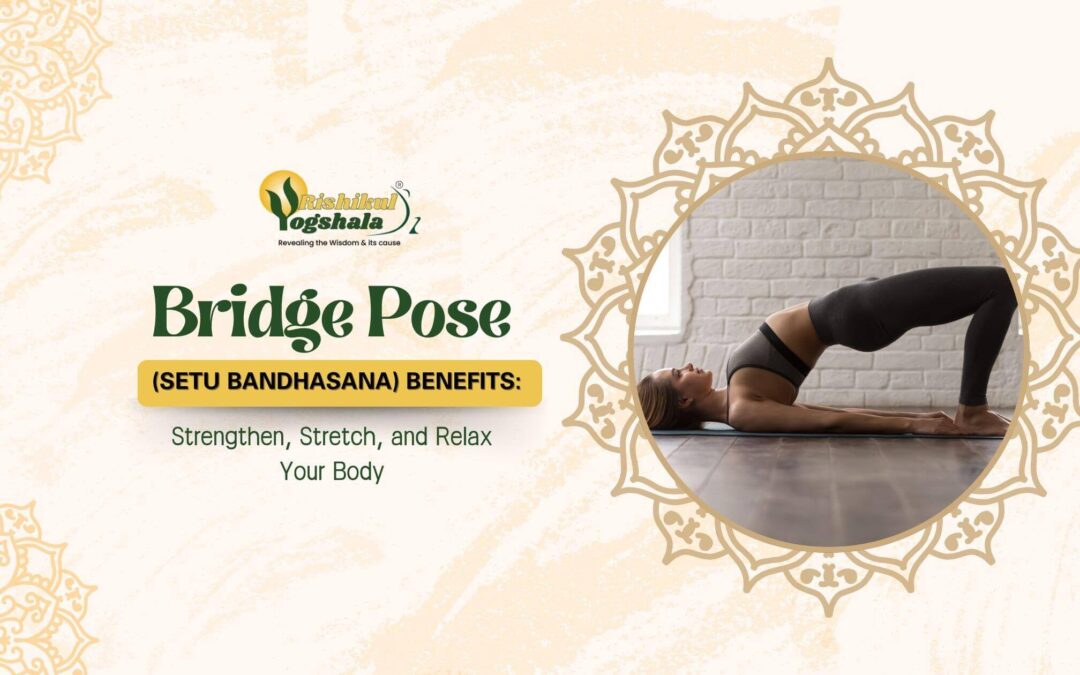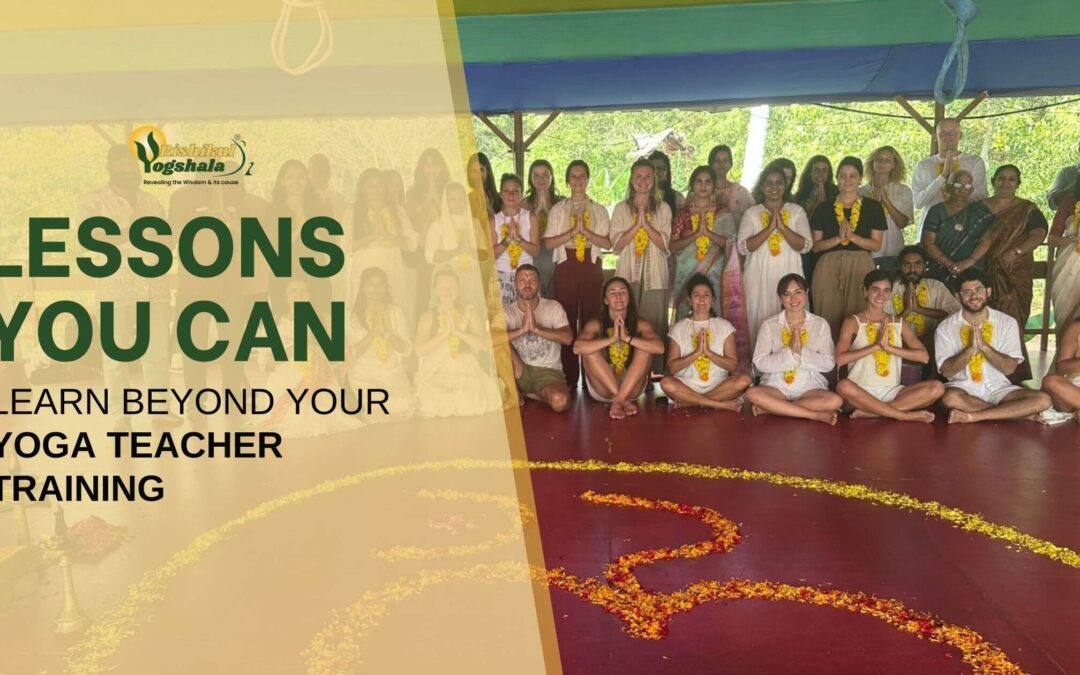Hatha vs. Ashtanga Vinyasa Yoga: Understanding the Key Differences
- Blog
- /
- Yoga Teacher Training and...
- /
- Hatha vs. Ashtanga Vinyasa...

Understanding these differences can help you choose the style that best suits your needs and preferences.
Yoga is a diverse practice with many different styles, each offering unique benefits. Among the most popular styles are Hatha and Ashtanga Vinyasa yoga. While both aim to unite the mind, body, and spirit, they differ significantly in their approach and practice.
What is Hatha Yoga?

Hatha yoga is a broad term that encompasses any yoga practice combining physical postures (asanas), breathing techniques (pranayama), and meditation. It is often used to describe a gentle, slow-paced practice focusing on basic postures and alignment.
Key Characteristics of Hatha Yoga:
- Slow Pace: Hatha yoga classes are typically slower-paced, allowing practitioners to take their time with each posture.
- Focus on Alignment: Emphasis is placed on proper alignment and holding each pose for an extended period.
- Breath Awareness: Breathing techniques are integrated with the postures to enhance relaxation and mindfulness.
- Accessibility: Hatha yoga is suitable for beginners and those seeking a gentle, restorative practice.
Read More – The 10 Health Benefits of Hatha Yoga
What is Ashtanga Vinyasa Yoga?

Ashtanga Vinyasa yoga is a dynamic and physically demanding style that follows a set sequence of postures. Developed by K. Pattabhi Jois, it is known for its vigorous practice and flowing movements.
Key Characteristics of Ashtanga Vinyasa Yoga:
- Set Sequence: Practitioners follow a specific series of postures in a set order, progressing through six levels of increasing difficulty.
- Dynamic Flow: The practice involves a continuous flow of movements linked with breath (vinyasa), creating a vigorous and athletic experience.
- Breath and Bandhas: breath control (ujjayi) and internal locks (bandhas) are emphasised to generate internal heat and purify the body.
- Consistency: Ashtanga requires dedication and consistency, with practitioners typically practicing six days a week.
Read More – 11 Tips To Make Your Yoga Teaching Smooth Like A Vinyasa Flow
Key Differences Between Hatha and Ashtanga Vinyasa Yoga
1. Pace and Intensity
Hatha Yoga:
- Slow-paced and gentle
- Emphasis on holding poses for longer periods
- Focus on relaxation and breath awareness
Ashtanga Vinyasa Yoga:
- Fast-paced and intense
- The continuous flow of postures linked with breath
- Physically demanding and rigorous
2. Structure and Flexibility
Hatha Yoga:
- More flexible structure, with variations in each class
- Allows for modifications and adaptations based on individual needs
Ashtanga Vinyasa Yoga:
- Follows a strict sequence of postures
- Less room for modifications, though adjustments can be made for injuries or limitations
3. Accessibility and Suitability
Hatha Yoga:
- Suitable for beginners and those seeking a restorative practice
- Ideal for individuals with physical limitations or those new to yoga
Ashtanga Vinyasa Yoga:
- Best suited for experienced practitioners or those looking for a challenging workout
- Requires a higher level of physical fitness and commitment
4. Focus and Goals
Hatha Yoga:
- Focuses on alignment, breath, and mindfulness
- Aims to create a balanced and relaxed state
Ashtanga Vinyasa Yoga:
- Focuses on strength, flexibility, and stamina
- Aims to purify the body and mind through vigorous practice
Read More – 7 Effective yoga pose to increase energy and stamina
Which Style is Right for You?
Choosing between Hatha and Ashtanga Vinyasa yoga depends on your personal preferences, goals, and fitness level. Here are some considerations to help you decide:
- If you’re new to yoga or looking for a gentle, restorative practice: Hatha yoga is a great place to start. It offers a slower pace and a focus on alignment, making it accessible to beginners and those with physical limitations.
- If you’re seeking a challenging, physically demanding practice: Ashtanga Vinyasa yoga may be the right choice. It provides a vigorous workout and a structured sequence that can enhance strength, flexibility, and stamina.
Read More – The Top 10 Benefits of Ashtanga Yoga
Conclusion
Both Hatha and Ashtanga Vinyasa yoga offer unique benefits and can complement each other well. Understanding the key differences between these styles can help you choose the one that aligns with your needs and goals. Whether you opt for the gentle approach of Hatha or the dynamic flow of Ashtanga Vinyasa, both paths lead to greater physical health, mental clarity, and spiritual growth.
For those interested in deepening their practice, consider exploring our 200 hour Yoga Teacher Training In India, or 300 hour Yoga Teacher Training In India. You might also enjoy our Ayurveda Retreat In India or a Yoga Retreat In India. Explore our offerings and find the practice that resonates with you! Namaste!








